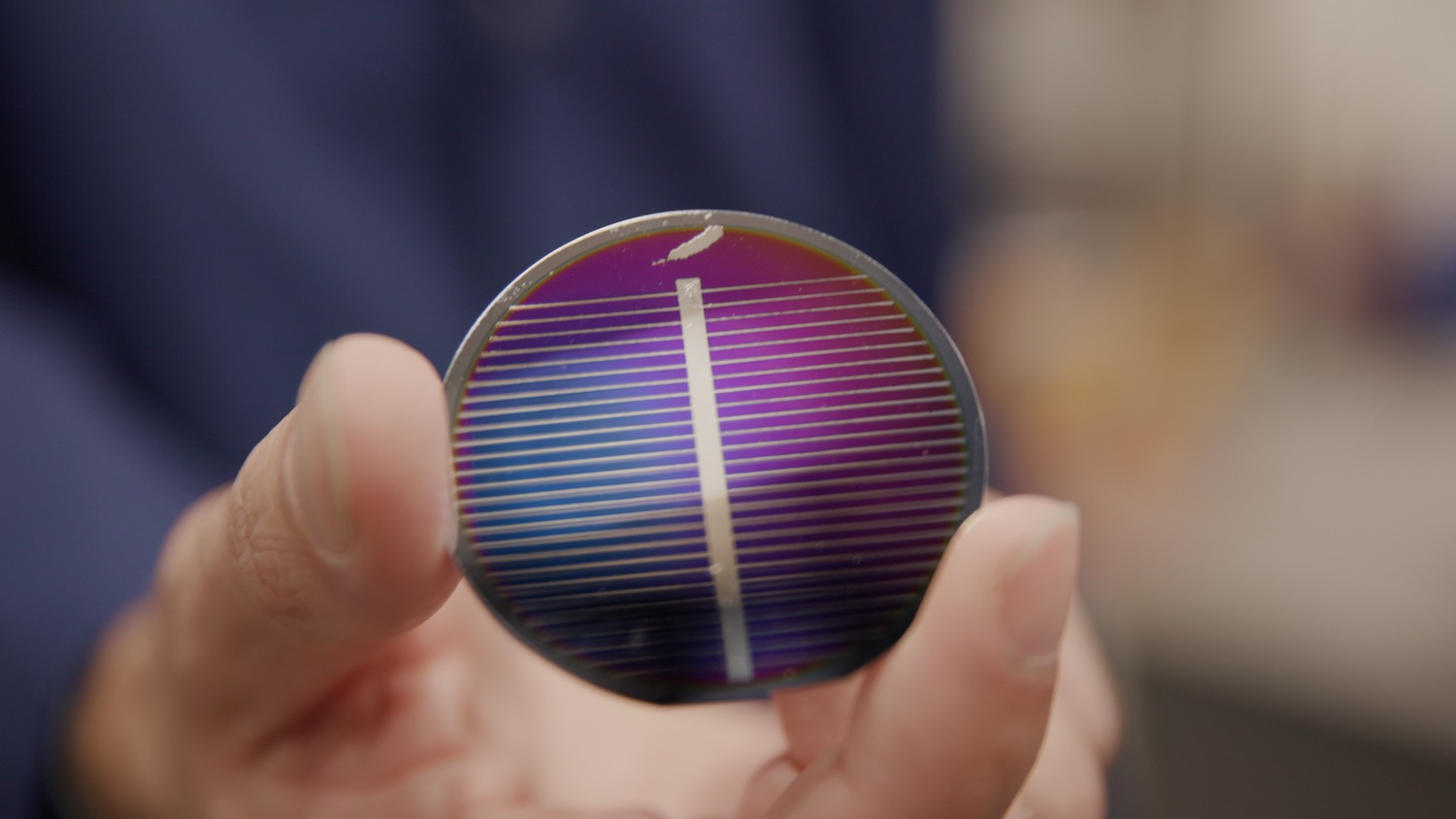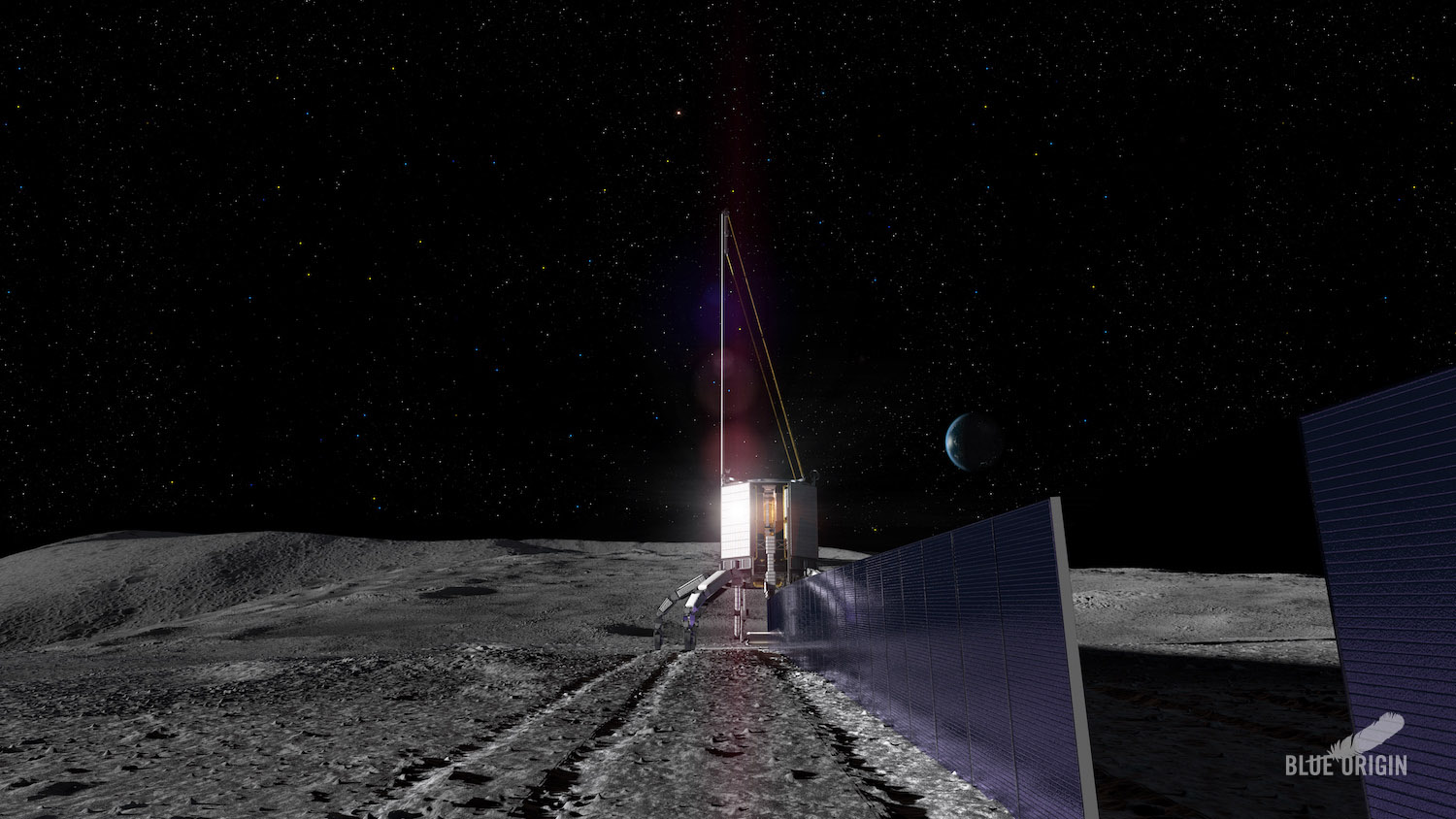Blue Origin makes solar cells out of simulated moon dirt with 'alchemist' project
The 'Blue Alchemist' technology could be a big boost for plans to build and operate outposts on the moon.

Blue Origin, Jeff Bezos' private spaceflight company, claims it has made major progress in developing a way to make solar panels using materials from the lunar surface.
The breakthrough could have big implications for future lunar habitation by providing a means of producing electricity-generating panels right there on the moon instead of needing to transport equipment from Earth.
The process starts with making regolith simulants chemically and mineralogically equivalent to lunar regolith (dust, dirt and gravel), before melting and moving the molten regolith using a reactor, according to a Blue Origin statement. Iron, silicon and aluminum are extracted from the regolith by passing an electric current through the molten material.
Related: Facts about Blue Origin, Jeff Bezos' spaceflight company

The process, which the company calls Blue Alchemist, allows a team to then make solar panels, a protective glass to cover them and wiring. Furthermore, the byproduct from the process is oxygen, which can be used for life support or for propulsion for rockets.
Blue Origin said it has been making solar cells and transmission wires from regolith simulant since 2021. The concept will of course need to be tested and verified in the unforgiving environment on the moon with actual lunar regolith, but the development could be a big enabler for exploration.
"Blue Origin's goal of producing solar power using only lunar resources is aligned with NASA's highest priority moon-to-Mars infrastructure development objective," the company statement said.
Breaking space news, the latest updates on rocket launches, skywatching events and more!
Space agencies and private firms are also looking at ways of making use of lunar regolith, including making bricks for construction and producing oxygen.
Blue Origin is looking to play a role in space exploration and aims to send a pair of NASA spacecraft to Mars next year. The company once tried suing NASA over its decision relating to moon landers for the Artemis program, but Blue Origin is back in the hunt for a contract as part of the agency's plans for lunar transportation.
Follow us on Twitter @Spacedotcom or Facebook.

Andrew is a freelance space journalist with a focus on reporting on China's rapidly growing space sector. He began writing for Space.com in 2019 and writes for SpaceNews, IEEE Spectrum, National Geographic, Sky & Telescope, New Scientist and others. Andrew first caught the space bug when, as a youngster, he saw Voyager images of other worlds in our solar system for the first time. Away from space, Andrew enjoys trail running in the forests of Finland. You can follow him on Twitter @AJ_FI.
